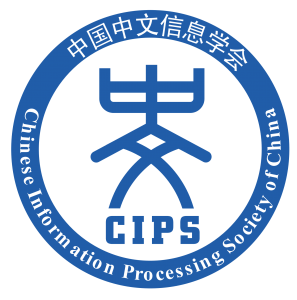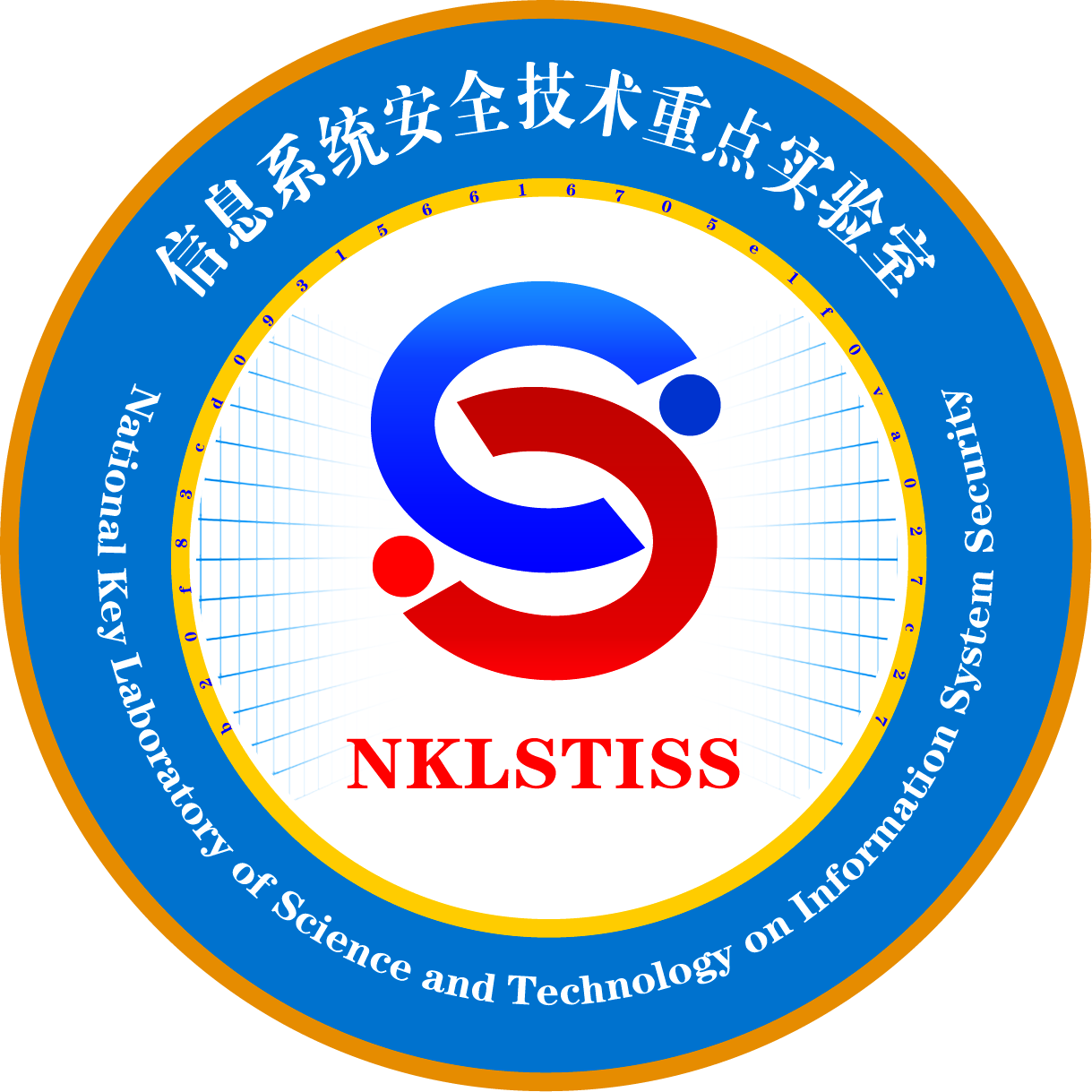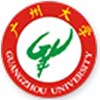Scope
Situation awareness analysis for cyberspace security is the basis and premise of cyber security. Situation awareness analysis for cyberspace security refers to the acquisition, understanding and display of the security elements that cause the change of network situation in the network environment, and the postponement prediction of the development trend of cyber security situation, so as to decide what countermeasures to take.
In recent years, situation awareness analysis for cyberspace security has become a research hotspot in the field of cyber security, which can synthesize all aspects of security factors, dynamically reflect the cyber security situation as a whole, and predict and early warn the development trend of security situation, so as to provide reliable reference for enhancing cyber security. This workshop, collocated with the 6th IEEE International Conference on Data Science in Cyberspace (IEEE DSC2022), will bring big data researchers together to exchange their ideas, innovations, and novel methods for situation awareness analysis and cyberspace security based on big data. Research from various domains, including but not limited to data mining, machine learning, malicious behavior detection and situation awareness analysis for cyberspace security are highly appreciated. Attendees are invited to introduce their latest research results on theories/innovations/models/algorithms/methods of situation awareness analysis and how these innovations can be applied in real-world cyberspace security.
WORKSHOP AREAS
Topic interest include but not limited to:
1. Modelling situation awareness analysis for cyberspace security
2. Construction and reasoning of cyber security knowledge graph
3. Malicious behaviors detection
4. Malicious traffic analysis
5. Malicious code analysis
6. APT attack analysis
7. Trace to the source of cyber attack
8. Data mining for cyberspace security
9. Development tendency of cyberspace security situation
10. Situation data acquisition, understanding, analysis, prediction, etc.
PAPER SUBMISSION
All submissions should be written in English and submitted via our submission system: https://cmt3.research.microsoft.com/SAACS2022. A paper submitted to SAACS 2022 cannot be under review for any other conference or journal during the entire period that it is considered for SAACS 2022, and must be substantially different from any previously published work. Submissions are reviewed in a single-blind manner. Please note that all submissions must strictly adhere to the IEEE templates as provided below. The templates also act as a guideline regarding formatting. In particular, all submissions must use either the LATEX template or the MS-Word template. Please follow exactly the instructions below to ensure that your submission can ultimately be included in the proceedings.
IMPORTANT DATES
Acceptance notification: June 18, 2022
Camera-ready copy: June 30, 2022
Conference Date: July 11-13, 2022
ORGANIZATION
WORKSHOP GENERAL CHAIRS
Aiping Li, National University of Defense Technology, Hunan, China
Dawei Zhao, Qilu University of Technology, Shandong, China
Yujun Li, University of Electronic Science and Technology, Sichuan, China
Weihong Han, Peng Cheng Laboratory, Shenzhen, China
Zhaoquan Gu, Guangzhou University, Guangdong, China
Program Committee
Chao Gao, Northwestern Polytechnical University, Shaanxi, China
Lixiang Li, Beijing University of Posts and Telecommunications, Beijing, China
Qing Liao, Harbin Institute of Technology, Shenzhen, China
Bin Zhou, National University of Defense Technology, Hunan, China
Rong Jiang, National University of Defense Technology, Hunan, China
Peican Zhu, Northwestern Polytechnical University, Shaanxi, China
Le Wang, Guangzhou University, Guangdong, China
Jing Qiu, Peng Cheng Laboratory, Shenzhen, China
Mohan Li,Guangzhou University, Guangdong, China
Keke Tang,Guangzhou University, Guangdong, China









